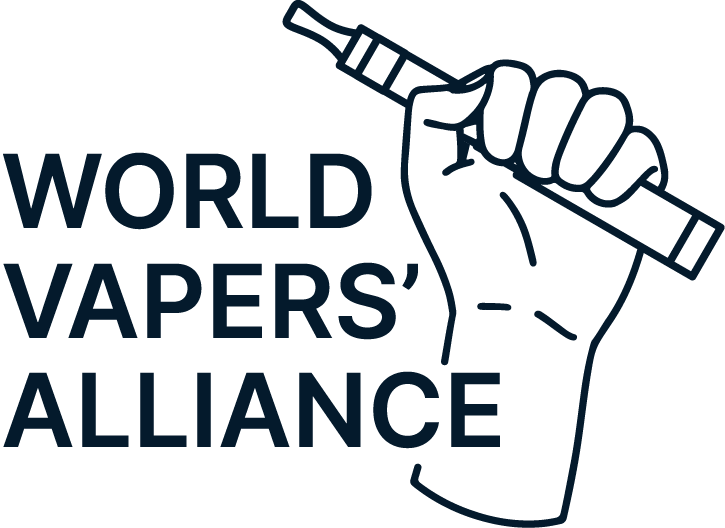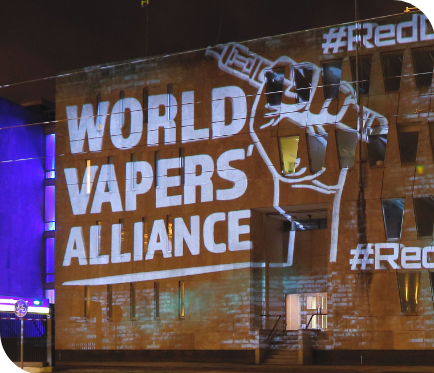Länder runt om i världen implementerar olika strategier för att bekämpa rökning och minska rökrelaterade sjukdomar. Medan vissa länder har anammat progressiva skatteåtgärder för att uppmuntra övergången till säkrare nikotinprodukter, har andra infört höga skatter på dem, vilket potentiellt undergräver skademinskningsarbetet. Detta blogginlägg utforskar hur länder som Sverige och Nya Zeeland visar vägen genom att sänka skatterna på mindre skadliga alternativ, såsom snus och produkter som inte värms upp, för att minska rökningsfrekvensen och förbättra folkhälsoutfallet.
Sverige: En europeisk ledare inom minskning av tobaksskador
Sverige har länge varit en pionjär inom skademinskningsstrategier, särskilt med användningen av snus, en rökfri tobaksprodukt som har varit avgörande för landets minskande rökningssiffror. Förra året, Sverige stimulerade ytterligare övergången från cigaretter till snus genom att minska skatterna på detta säkrare alternativ. Denna strategi har stärkt den svenska vägen att bli den första rökfri land i världen: Sveriges rökningsfrekvens är bara 5,6%, långt under EU-genomsnittet på 23%., och den fortsätter att minska snabbt. Som ett resultat, Sverige har också de lägsta rökrelaterade sjukdomarna och dödstalen i Europa, och registrerade endast 26 rökrelaterade dödsfall per 100 000 invånare, medan EU-genomsnittet är mer än tre gånger högre, på cirka 100 dödsfall per 100 000 invånare.
Den svenska framgången exemplifierar perfekt hur strategier för att minska tobaksskador fungerar. Trots minskningen av rökningssiffrorna, Sverige fortsätter att vara ett av länderna med den högsta nikotinkonsumtionen i Europa., där över 201 TP4T av den svenska befolkningen regelbundet använder snus. Ändå gör de det på ett mycket mindre skadligt sätt, eftersom snus är betydligt mindre skadligt än cigaretter eftersom det inte involverar förbränning, vilket är den främsta orsaken till de hälsorisker som är förknippade med rökning. Genom att sänka skatterna på snus har Sverige gjort detta alternativ mer överkomligt och lättillgängligt, vilket uppmuntrar rökare att byta och som ett resultat drastiskt minskar rökrelaterade sjukdomar.
Nya Zeeland: Skatter sänks för att stödja en rökfri framtid
Liksom Sverige vidtar Nya Zeeland proaktiva åtgärder för att uppmuntra rökare att övergå till mindre skadliga nikotinprodukter. I juli 2024, regeringen tillkännagav en 50% skattesänkning på uppvärmda tobaksprodukter, ett drag som syftar till att främja användningen av säkrare alternativ till rökning. Denna policy ligger i linje med Nya Zeelands bredare åtagande att bli en rökfri nation år 2025, då rökningssiffrorna redan sjunker till rekordlåga.
Beslutet att sänka skatterna på säkrare nikotinprodukter återspeglar ett erkännande av att priset spelar en avgörande roll i konsumentbeteende. Genom att göra vaping och uppvärmd tobak mer överkomliga hjälper Nya Zeeland fler rökare att övergå från brännbar tobak, vilket fortfarande är det skadligaste sättet att konsumera nikotin.
Den progressiva beskattningens roll i skademinskning
Beskattning kan vara ett kraftfullt verktyg för att främja folkhälsan när det används på rätt sätt. Lägre skatter på säkrare nikotinprodukter gör dessa alternativ mer tillgängliga och attraktiva för rökare, vilket uppmuntrar dem att byta från cigaretter.
Å andra sidan, Höga skatter på säkrare nikotinprodukter kan avskräcka rökare från att byta till mindre skadliga alternativ. När kostnaden för vapning eller andra produkter med reducerad risk närmar sig eller överstiger kostnaden för cigaretter, kan rökare se få ekonomiska incitament att byta. Dessutom kan hög beskattning driva vapningsanvändare tillbaka till rökning, vilket motverkar de framsteg som gjorts när det gäller att minska rökningssiffrorna.
Priskänslighet är särskilt hög bland låginkomstgrupper, som utgör en stor andel rökare. Om priset på säkrare nikotinprodukter blir för högt på grund av överdriven beskattning är det mer sannolikt att dessa individer fortsätter att röka snarare än att byta till vaping eller andra alternativ. Detta kan i slutändan leda till högre andel rökrelaterade sjukdomar, vilket ytterligare belastar de offentliga hälsosystemen.
Dessutom, överdriven beskattning kan främja tillväxten av svarta marknader, där oreglerade produkter utgör större risker för konsumenterna. Detta har observerats i flera regioner där strikta regleringar eller höga skatter på vapingprodukter har lett till att användare söker billigare, ofta osäkra alternativ från illegala källor.
Slutsats: Beskattning som ett verktyg för positiv förändring
Exemplen från Sverige och Nya Zeeland visar att progressiv skattepolitik cspela en avgörande roll i skademinskningsarbetet. Genom att sänka skatterna på säkrare nikotinalternativ har dessa länder gjort det lättare för rökare att byta till mindre skadliga produkter, vilket resulterat i färre rökrelaterade sjukdomar och dödsfall. Denna strategi ligger i linje med folkhälsans grundläggande mål: att minska skador.
Länder som ännu inte har anammat denna metod bör beakta bevisen från Sverige och Nya Zeeland. Höga skatter på säkrare nikotinprodukter kan undergräva skademinskningsarbetet, hålla rökare kvar på cigaretter och öka belastningen på hälso- och sjukvårdssystemen. Genom att anpassa skattepolitiken för att återspegla de minskade riskerna med produkter som snus och vaping kan regeringar uppmuntra fler rökare att byta, vilket i slutändan räddar liv och förbättrar folkhälsoutfallet..







